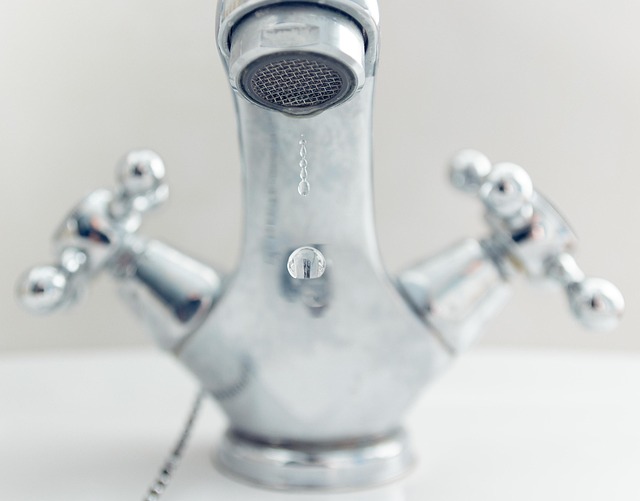
Every home depends on hot water—for showers, dishes, laundry, and more. Yet, the water heater that quietly powers these tasks is often overlooked until something goes wrong. Replacing a water heater isn’t something most homeowners look forward to, but knowing when it’s time can prevent unexpected breakdowns, water damage, or energy waste. Here are the key signs that your water heater might be nearing the end of its useful life.
1. Age Matters
The typical lifespan of a conventional tank water heater is 8 to 12 years. If yours is approaching or has passed the decade mark, it’s wise to start planning for a replacement—even if it still appears to be functioning. Corrosion and sediment buildup often begin inside the tank long before any outward signs appear.
To check the age, locate the serial number on the manufacturer’s label. Often, the first few digits correspond to the month and year of manufacture. If it’s over 10 years old, keep a close eye on its performance.
2. Rusty or Discolored Water
If hot water comes out rusty or with a metallic tint, the inside of your tank may be corroding. Rust is a warning sign that the interior lining is breaking down. While it could be from aging pipes, consistently rusty hot water usually points to the tank itself.
3. Rumbling or Banging Sounds
Over time, sediment builds up at the bottom of the tank. When the burner heats this sediment, it hardens and causes popping or rumbling noises. Not only does this reduce efficiency, but it can also accelerate tank wear. A noisy tank may not be dangerous yet, but it’s a signal that the unit is working harder than it should.
4. Leaks or Moisture Around the Base
Moisture, pooling water, or corrosion at the base of the tank is a strong indicator of internal failure. Tanks can develop microscopic cracks from repeated heating cycles. Even a slow leak can eventually lead to significant water damage and mold growth.
5. Hot Water Runs Out Quickly
If your hot water supply seems to be shrinking, or the water never gets as hot as it used to, it might not be a thermostat issue. Loss of capacity often points to a failing heating element or sediment buildup inside the tank.
Final Thought
Being proactive about replacing your water heater can save you money and stress in the long run. If your unit is over 10 years old and showing one or more of these signs, it’s time to start exploring replacement options. Consider upgrades like energy-efficient models or tankless systems that better suit your household’s needs.
A little foresight goes a long way in keeping your home safe, efficient, and comfortable.
